Steak au poivre à la Tour Eiffel
This is a festive pepper steak recipe for special occasions inspired by a newsclip on the French morning TV Télématin. They showed how the famous Tour Eiffel pepper steaks were prepared by their restaurant chef. He gently cooked the fillet steaks on one side only in a heavy casserole, then made the sauce from stock and cream in the same casserole while the steaks were kept warm on a plate. The steaks were reheated in the sauce. There was no pepper in the sauce but the upper side of the steaks was generously peppered.
The following pepper steak recipe is my twist. As we are used to cook the steaks on both sides, we did so but gently over medium heat. I added a little Italian truffle flavoured balsamic glaze in the sauce to intensify the mushroom flavour as I served the steaks with fried mushrooms and roasted tomato halves.
2 servings
2 fillet steaks, about 3 cm thick
Olive oil
150 ml chicken stock
120 ml full- fat cream, 30% fat
2 tsp. Italian truffle flavoured balsamic glaze
Freshly ground black pepper
About 2 handfuls sliced mushrooms
1 clove garlic, minced
1 tomato, halved
2 tsp. breadcrumbs
Chopped parsley or rocket to decorate
Warm 2 tbsp. olive oil in a large frying pan over medium heat and fry the mushrooms with garlic until nicely coloured. Then turn the heat to very low to keep warm.
Cook the chicken stock in a small sauce pan until reduced by about half. Keep warm.
Preheat the oven to 200°C roast. Spread 1 tsp. breadcrumbs over each tomato half and sprinkle some olive oil over them. Roast in the oven for about 15- 20 minutes until nicely coloured.
Warm 2 tbsp. olive oil over medium heat in a heavy steel frying pan and cook the steaks for 3 minutes on each side. Transfer to a plate and cover with foil to keep warm.
Pour the reduced stock in the pan, followed by the cream. Let the cream reduce a little, then stir in the balsamic glaze.
Divide the tomatoes, mushrooms, and the sauce on the plates. Place the steaks on top of the sauce and grind over a generous amount of black pepper. Decorate the vegetables with chopped herbs and voilà!










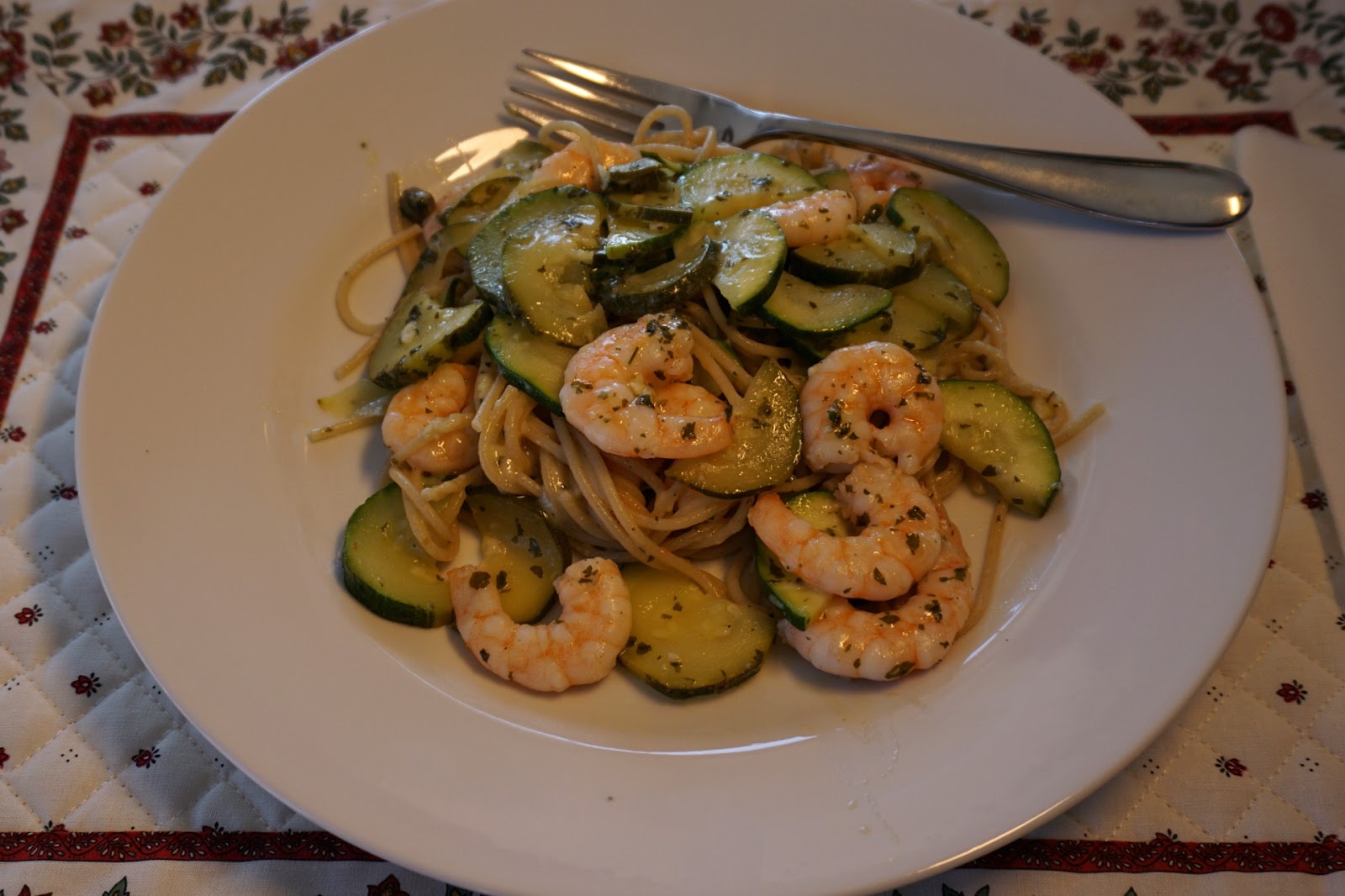








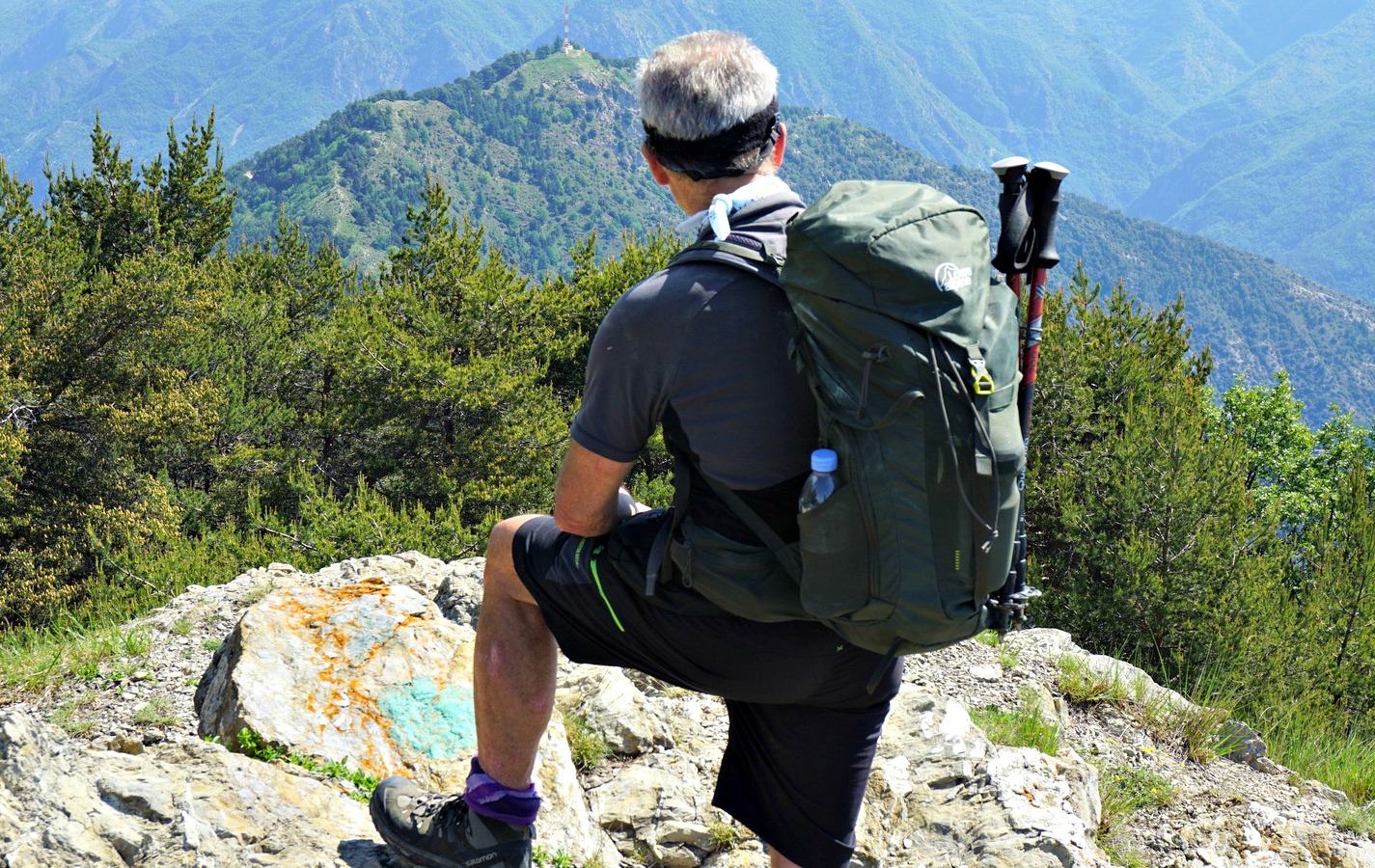


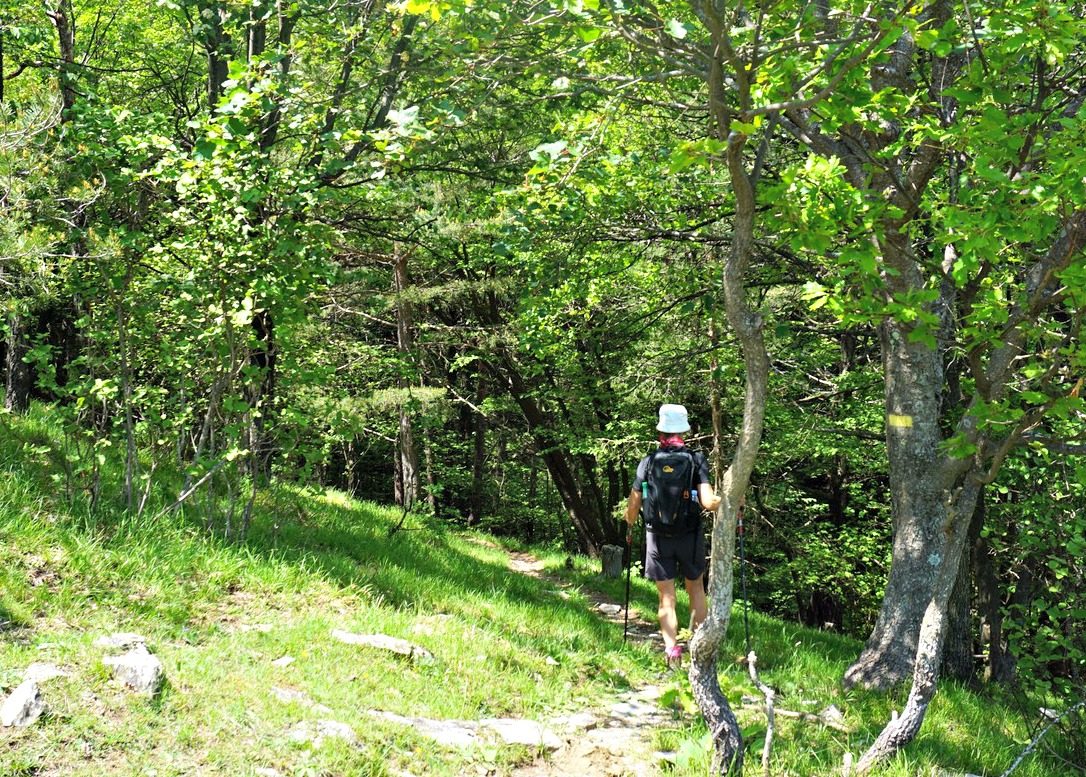
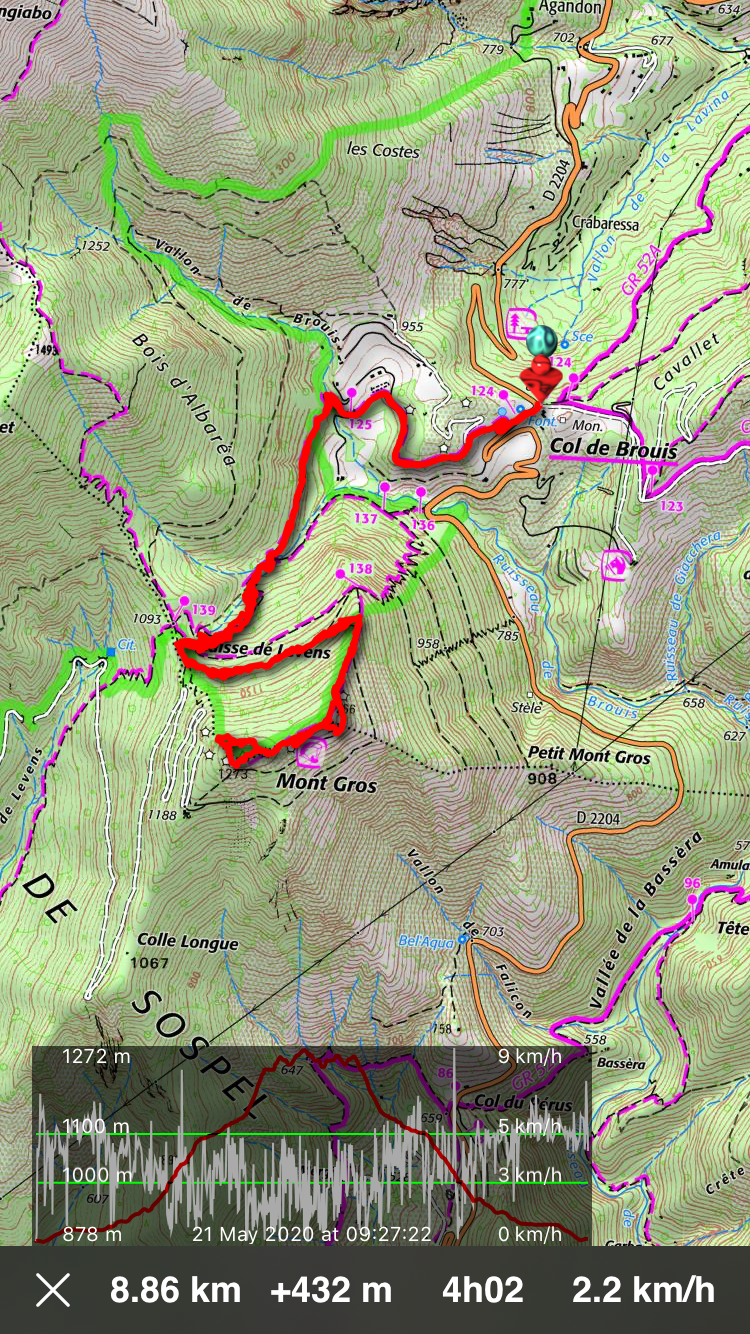
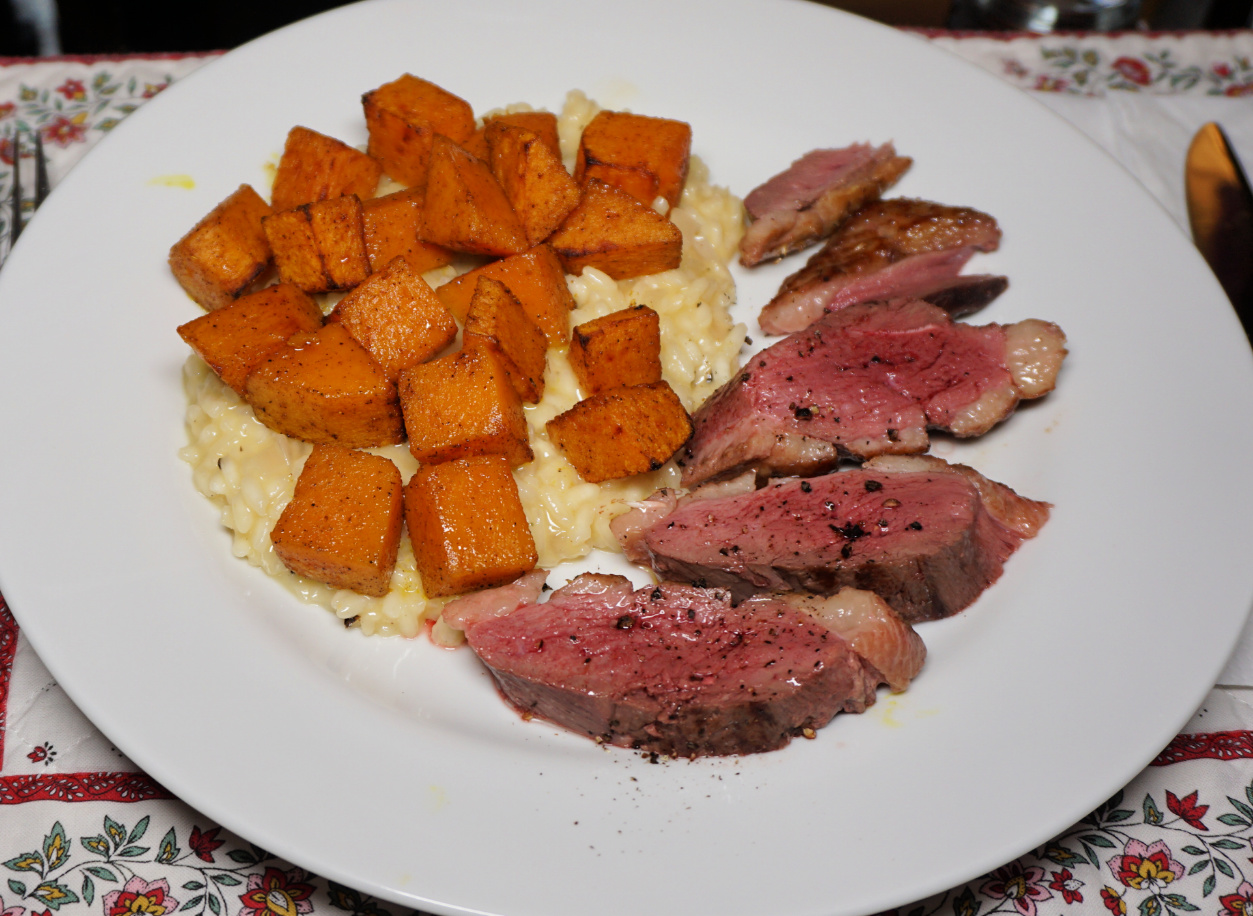




0 comments:
Note: only a member of this blog may post a comment.